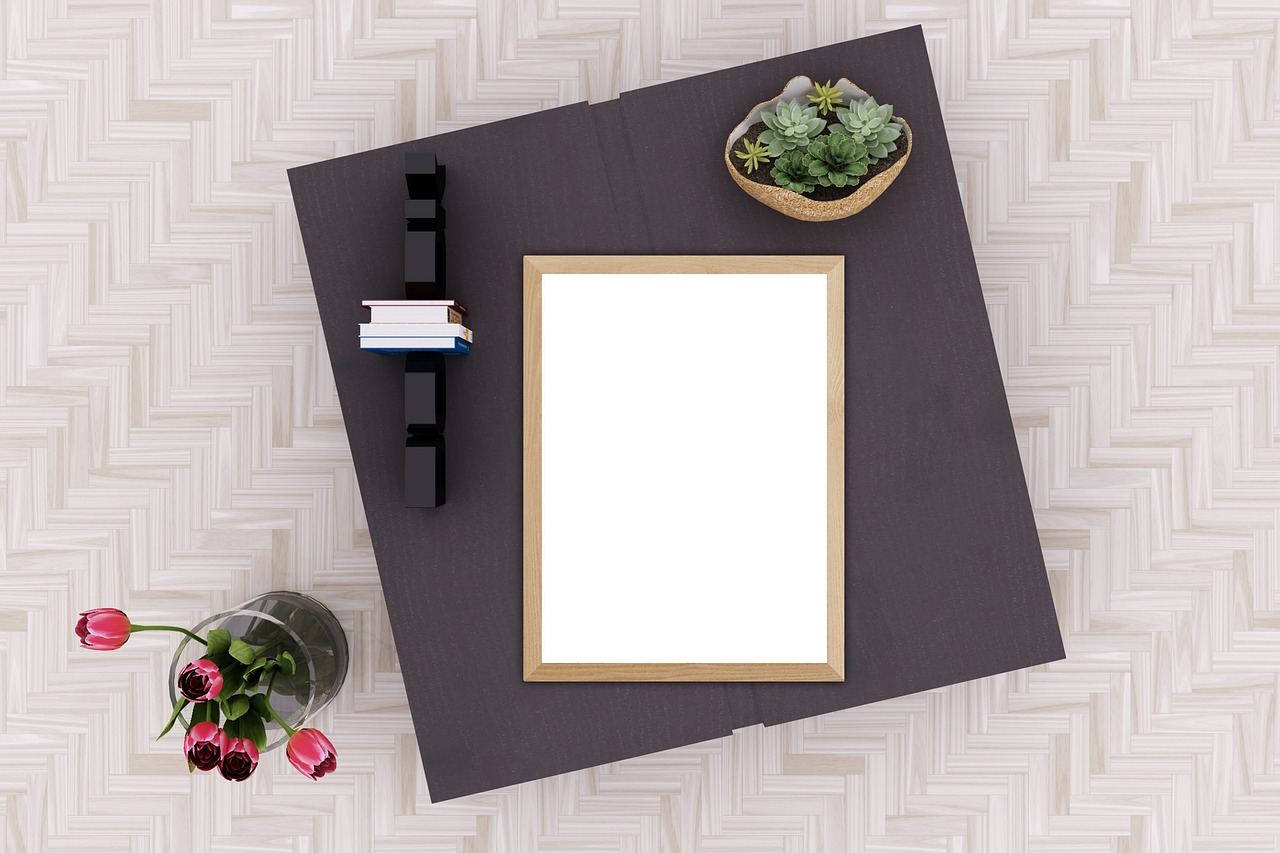The Joy of Plant Parenthood: Beginner’s Guide to Indoor Gardening
Indoor gardening can significantly enhance both your mood and overall health. The act of tending to plants and watching them grow can create a sense of purpose and fulfillment. This nurturing process can promote feelings of happiness and satisfaction, which in turn can help reduce stress and anxiety levels. Additionally, indoor plants contribute to cleaner air by absorbing toxins and releasing oxygen, thus creating a healthier environment for you to inhabit.
Moreover, engaging in indoor gardening can provide a therapeutic escape from the hustle and bustle of daily life. Taking the time to care for your plants allows you to focus on the present moment and practice mindfulness. This meditative aspect of gardening can help calm your mind, improve concentration, and boost your mental well-being. In essence, indoor gardening offers a holistic approach to enhancing both your emotional and physical health.
Choosing the Right Plants for Your Indoor Garden
When it comes to choosing plants for your indoor garden, it’s essential to consider the amount of natural light your space receives. Plants like succulents and cacti thrive in bright sunlight, making them ideal for areas with ample sunshine. On the other hand, low-light plants such as pothos and snake plants can flourish in spaces with limited light, making them perfect for rooms with small windows or shaded corners.
Another factor to consider when selecting plants for your indoor garden is the level of maintenance they require. If you’re new to gardening or have a busy schedule, opting for easy-to-care-for plants such as spider plants or peace lilies can be a great choice. These plants are resilient and forgiving, making them perfect for beginners or individuals with minimal time to dedicate to plant care.
Understanding Light and Water Needs for Indoor Plants
To thrive indoors, plants require the right balance of light and water. Light is vital for photosynthesis, the process through which plants create energy. Different plants have varying light requirements, with some needing direct sunlight, while others thrive in low light conditions. Before selecting plants for your indoor garden, take note of the amount of natural light each room receives throughout the day.
When it comes to watering indoor plants, it’s crucial to avoid overwatering or underwatering. Each plant species has specific water needs, so it’s important to research and understand the requirements of individual plants. Factors such as potting soil, humidity levels, and temperature can also impact how frequently plants need to be watered. A good rule of thumb is to water plants when the top inch of soil feels dry to touch.
How can indoor gardening improve my mood and health?
Indoor gardening can improve your mood by providing a sense of accomplishment and bringing nature indoors. It can also improve air quality and reduce stress levels.
How do I choose the right plants for my indoor garden?
Consider factors such as the amount of light available in your space, your skill level as a gardener, and the amount of space you have. Research plants that are well-suited for indoor environments.
What are the light needs for indoor plants?
Most indoor plants require bright, indirect light. Some plants may thrive in low light conditions, while others need more intense sunlight. Be sure to research the specific light requirements for each plant in your indoor garden.
How often should I water my indoor plants?
The frequency of watering will depend on the type of plant, the size of the pot, and the environmental conditions in your home. It’s important to not overwater, as this can lead to root rot. Be sure to check the soil moisture levels before watering.







